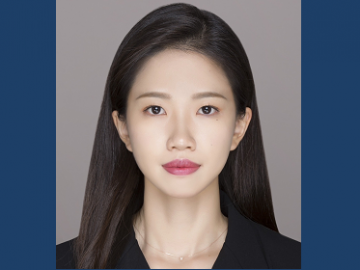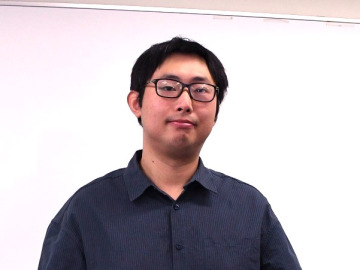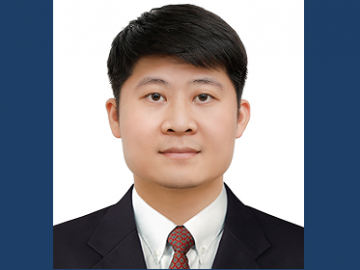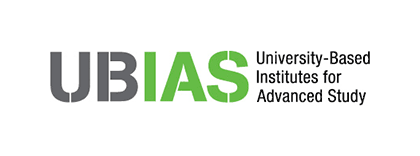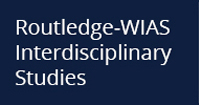協定機関である独コンスタンツ大学高等研究所との研究者相互派遣プログラムを開始しました
早稲田大学高等研究所は、本年度より当研究所の協定機関であるZukunftskolleg(ドイツ・コンスタンツ大学高等研究所。略称:ZUKO)と、研究交流を目的とした所属研究者の相互派遣を開始しました。第1号としてZUKOに滞在中のロメスヴィンケル ヘンドリック 准教授より今回の訪問の動機や3か月の滞在中の研究予定をご紹介します。
研究者プロフィール
当プログラムを利用するに至った経緯
The idea for a research visit to Konstanz came up during a visit of Zukunftskolleg members of the University of Konstanz to WIAS. It was exciting to meet Zukunftskolleg members in Tokyo and hear about their research. Both WIAS and Zukunftskolleg have interdisciplinary groups of energetic researchers. Around the same time as the visit from Zukunftskolleg, some of my theoretical research on decision times had reached fruition and was calling to be tested in the laboratory.
The University of Konstanz not only has an experimental laboratory, LakeLab, but also a leading experimental economist, Urs Fischbacher. I also had fond memories of the area of Lake Constance from my studies in St. Gallen, which is only about 40km away from Konstanz.
Therefore, everything fit together: the research question, the personal connection, and the matching research interests.
研究計画
On my research visit, I will study decisions under time pressure. In such decisions, individuals usually make mistakes, and their choices are stochastic; the preferred option is only chosen with some probability. I will explore the relationship between decision probabilities and decision times in the Luce (1959) model. This model assumes that the likelihood of choosing one option over another is independent of other available options. I will test the hypothesis that Hick’s (1952) law holds whenever the Luce (1959) model holds. Hick’s law states that decision times linearly increase with the amount of information to be processed. I previously derived a surprising mathematical connection between the Luce model and Hick’s law, showing that decision times should follow Hick’s law when decision probabilities adhere to the Luce model. I am excited to test this hypothesis during the research visit and meet the interesting challenges to overcome in the experimental design.
References:
Hick, W. E. (1952). On the rate of gain of information. Quarterly Journal of Experimental Psychology, 4(1), 11-26.
Luce, R. D. (1959). Individual choice behavior, Wiley, New York.
>>次回記事:独・コンスタンツ大学高等研究所 研究者相互派遣プログラムレポート 第2弾(ロメスヴィンケル ヘンドリック 准教授)

